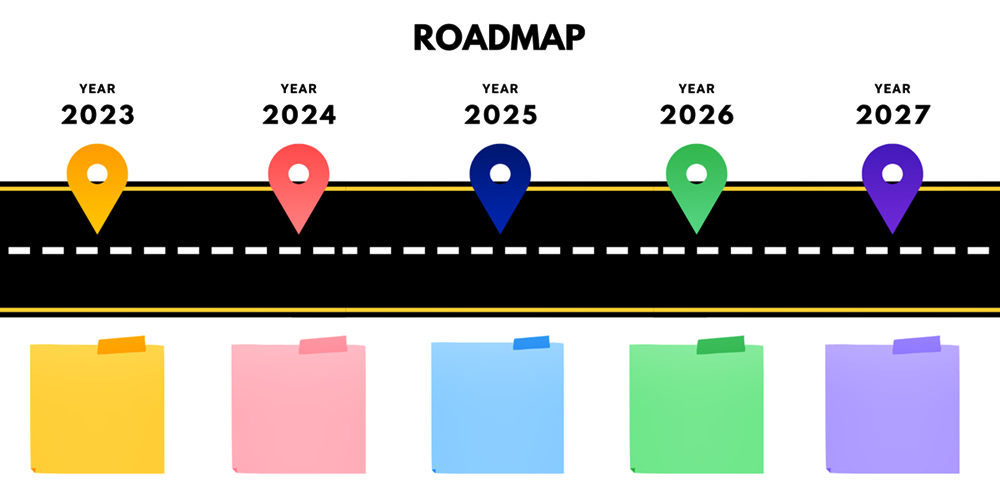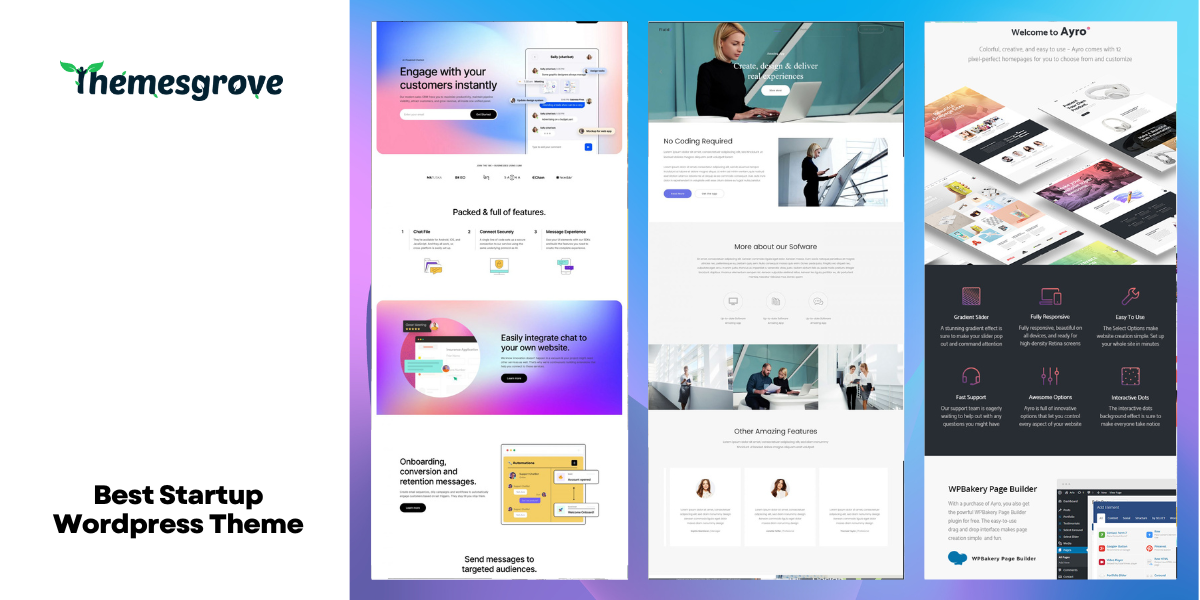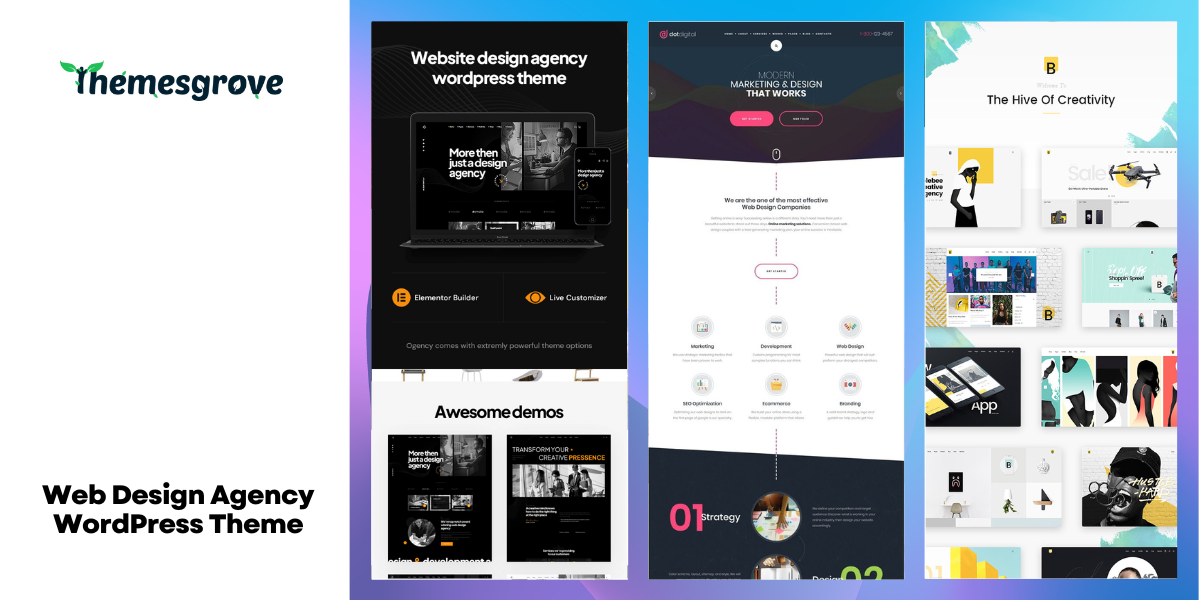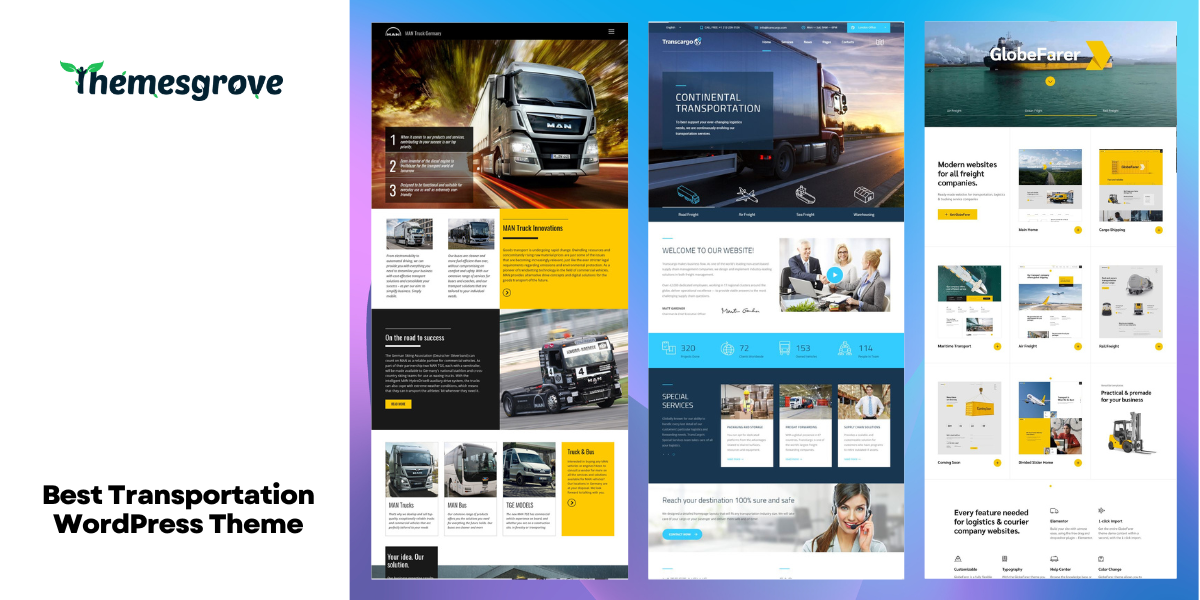Any content writer will tell you that part of the job is learning how to deal with and adapt to the unexpected. In 2020, we saw content marketing managers pivot from their original strategies to deal with a pandemic and nationwide unrest.
While there are still a few days to go before the end of the year, it’s never too early to work on your best content marketing strategy for 2024. And though we can’t really predict what the future has in store for us, we can use what we’ve learned to improve our content strategy for 2024.
Here are some key things you need to keep top of mind when designing your new strategy.
Create Clustered Content

The cluster methodology is about winning prospects in all stages of the customer journey. You start with the main keyword in your niche. Then, your cluster (or subtopic) content starts to branch out into more specific angles of the topic. All of this content, including the pillar content, is connected together through an internal linking structure – also known as a cluster.
Here’s an example. Say you want to build topic authority around mechanical keyboards. You would start with a pillar page – call it your ‘ultimate guide to mechanical keyboards’. This article will provide a comprehensive overview of mechanical keyboards, including trends, benefits, definitions, and comparisons with membrane keyboards. Then, your cluster content would include a number of related posts on more specific topics and keywords, such as ways of prolonging your keyword’s lifespan, keyword switches, and how to repair mechanical keyboards.
This way, you’re addressing most related search queries and establishing yourself as a leader in this very specific niche.
Use AI to Guide Your Strategy

The way that organizations handle content planning has been transformed by artificial intelligence (AI). AI enables businesses to provide more audience-relevant content that is more targeted, relevant, and personalized. AI can produce, optimize, customize, disseminate, and evaluate material, giving useful information about what works and what doesn’t. As a result, businesses may improve their content strategy and create higher-quality material that will be more likely to convert readers.
Personalization is one of the main advantages of employing AI in content strategy. AI is capable of analyzing user behavior, preference, and interest data to produce personalized content that speaks to each user specifically. As a result, there will be a greater ability for businesses to engage and retain customers. AI may also assist businesses in streamlining the distribution of their content and determining the best formats and channels for interacting with their target audiences. Businesses may keep one step ahead of the competition and have more success with their marketing initiatives by using AI to direct their content strategy.
Nevertheless, there are some disadvantages to using AI in business. The potential for prejudice and discrimination is one of the key worries. The impartiality of AI systems depends on the data they are trained on, and if that data is biased or lacking, the AI may reinforce such prejudices. It’s also necessary to use a plagiarism checker to ensure that the generated content is unique and most importantly to avoid plagiarism.
Having Multimedia Content

An important piece of the best content marketing puzzle is having lots of accompanying multimedia (e.g. videos with subtitles, infographics, podcasts, and images). Together, they will maximize your chances of ranking. Search engines try to address searcher intent, and sometimes, the best way to do that is through an image or a video. If the SERP results include multimedia and your content does not, it’s possible that your organic result will be ranked lower and out of view.
You can run your target keyword through Google to determine which media format will improve your chances of ranking for that query.
For example, searches for “mechanical keyboard” result in multimedia snippets.

If a query like “mechanical keyboard” brings up images on the SERP and your blog doesn’t include images depicting mechanical keyboards (with an image alt-text attribute), then you’ll have a much harder time ranking high for the target keyword.
Working with an experienced content writing service can help you decide when and where to use multimedia content.
Don’t Obsess Over SEO

Content should serve a purpose. Solve a pain point. Address an issue that is bugging prospects.
This means you should not be fixated on SEO. If you’re addressing reader intent, the keywords will naturally find a place to stay instead of being forceful. Your goal should be to create content that isn’t already out there. This is how you can write evergreen content and get traffic for the long haul.
Below are a few non-SEO related strategies you can use in 2024.
- Share industry trends through an infographic, which continues to be the most common form of media marketers use in their content strategy.
- Publish first-hand knowledge like research reports, surveys, and focus group results.
- Focus on building a robust backlink profile to boost authority and establish yourself as an industry leader.
- Identify posts that are performing poorly and share them via other platforms to see if they’re doing well with audience members there.
Focus on Authenticity and Transparency

Consumers are increasingly looking for brands that are truthful, open, and authentic in a world where fake news and disinformation are commonplace. Strive to produce information that is both educational and reliable, and be forthright and honest with your audience about your brand’s beliefs, mission, and objectives.
Instead of merely attempting to sell goods or services, this entails producing content that embodies the underlying values and purpose of your business. Additionally, it entails being open and honest about your company’s operations and business practices, including your supply chain and environmental impact. You may show your dedication to social responsibility and win your audience’s trust by being honest about these matters.
Goals and Purpose

A keypart of your content strategy is to address your overall goals for the coming years. What is the “why” behind your work? What goals does your business want to achieve this year?
The answers will vary from one niche to another, but an important point is to consider how world events can shape and affect your plans. It is worth pointing out that external factors shouldn’t change your purpose – however, your goals certainly can fluctuate.
Create a Content Roadmap

The content roadmap involves identifying the different ways of reaching your audience. Much of your attention should be redirected to social media because it creates that all-too-essential connection with customers. Here’s an interesting factoid by Sprout Social, over 57%of customers increase their spending with a brand if they feel connected with it. This is where social media can play a big role.
Here’s what your content roadmap should include:
- Keyword research
- Written content
- Video content
- Key events
- Content Promotion and amplification
- Measuring content marketing KPIs
Customer Focused Content

The difference between run-of-the-mill content strategies and ones that actually sell is that the latterfocuses on customer service.
Customer-focused content is more trustworthy, unbiased, and honest. This is content that tries to answer the burning questions your audience has. The content contains their best interests in mind, which is what everyone wants when they’re searching for help.
While every niche and business is different, there are somecommon topicsall prospects want you to address. Think about the questions they commonly ask your sales team and you’llrealize that most of these questions boil down to the following:
- Cost
- Problems
- Reviews and ratings
- Comparisons
- Best of lists
It is a good idea to create content around these five topics.
Review Your Technology Stack
There are thousands of technology solutions for content markets. It can be overwhelming to find the ones that work best for you. However, some of the must-haves will include:
- Content management systems (CMS) such as WordPress and Joomla
- A video hosting service such as YouTube
- Intelligence software like SEMrush
- Social media management software
- Paid advertisement management
- Email autoresponder tools
When creating your technology stack, you should have a keen awareness for apps that just aren’t useful to your particular niche. Either way, now is the time to make room for new and improved tools to give you an edge against competitors.
Wrapping Up
A content strategy drastically improves your chances of achieving your marketing goals in a timely manner. This blog should serve as an ideal starting point for your strategy. To summarize the key points, you need to put more focus on clustered content that puts your audience’s pain points front and center.
About Dave
Dave Brown is a digital marketing expert and lead content writer Content Development Pros and has been involved in this industry for over 10 years. During this time, Dave has designed effective content marketing strategies for businesses of all sizes and industries and helped them grow into household names. During his free time, Dave streams YouTube videos and Netflix.









